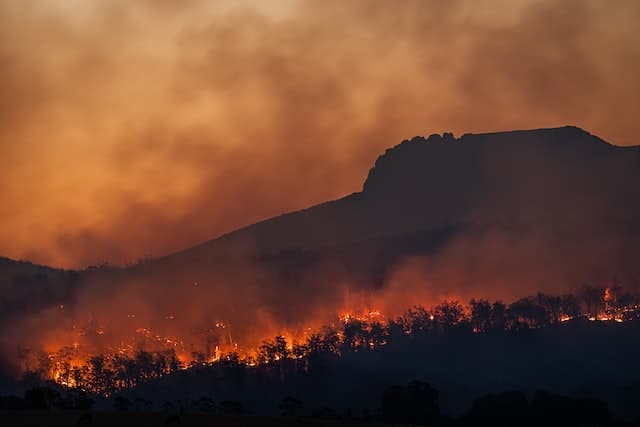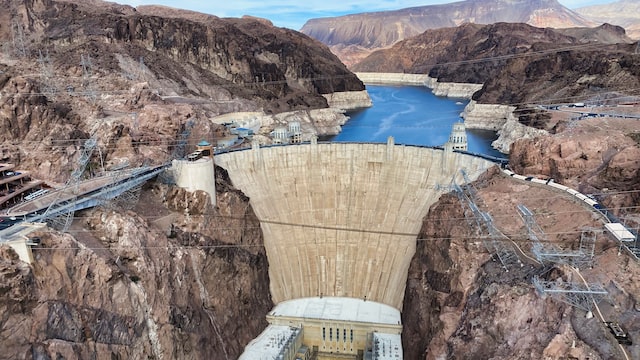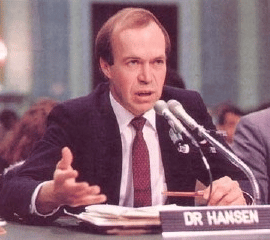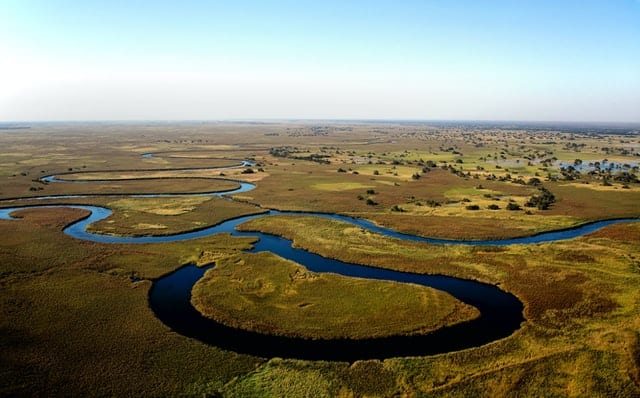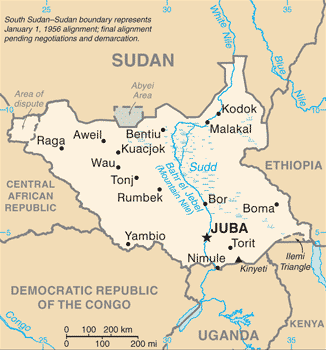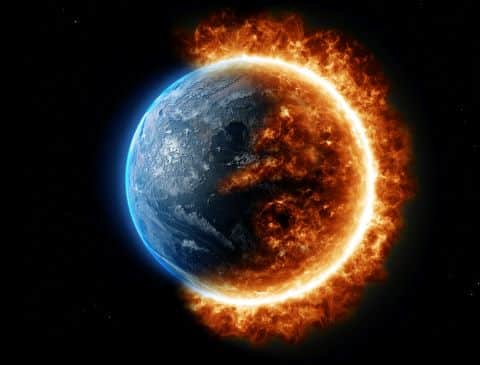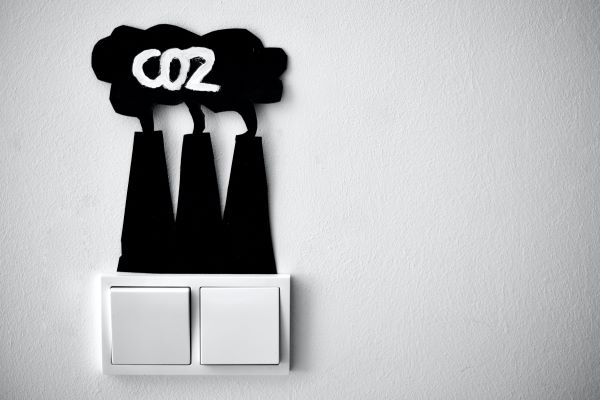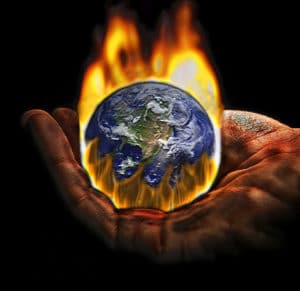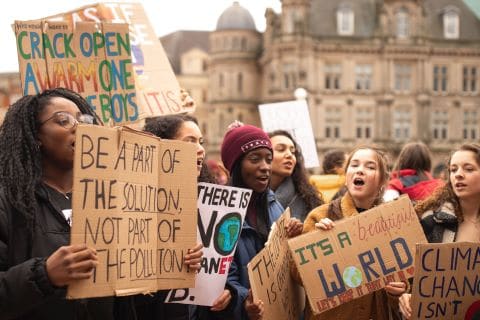
Scientists Petition EPA to Take Bold Steps
By Robert Hunziker
Scientists are working on a plan to go beyond the Inflation Reduction Act (“IRA”) recently signed by President Biden, which is supposed to tackle global warming, which, in turn, is tearing the planet apart, piece-by-piece. There’s more info on this very important petition filed by scientists to follow below, including a request for supporting signatures.
Meanwhile, even though IRA is loaded with good stuff to fight global warming, it’s not likely enough to put out the heat. After all, the Inflation Reduction Act is the third or fourth iteration of Biden’s Build Back Better $3.5T prominently mentioned in an article in The Economist d/d July 21st, 2022: American Climate Policy is in Tatters—Manchin Single-handedly scuttled Biden’s BBB Plans for $3.5 trillion.
There’s real tragedy behind the slimmed down version of Biden’s BBB $3.5T. Even though the Inflation Reduction Act of a few hundred billion is a big number, inclusive of tax-oriented deductions, it is challenged by a capricious global climate system that appears to be broken down and totally out of kilter.
The planet has turned into a heat machine. It’s not only America that’s sweltering. According to NASA and the National Oceanic & Atmospheric Administration, the planet as a whole is trapping heat twice as fast as 15 years ago. That’s more than threatening; it’s an outright emergency requiring the big guns.
Of even more immediate concern, as the planet dries out, major reservoirs fail, power outages hit, rivers run dry, and tens of thousands of people scramble for water. This is happening right now well ahead of several years build-out of the Inflation Reduction Act.
The vastness and reach of this existential climate threat is finally sinking in with the public as developed mature countries are reduced to third-world status, people standing in line with bottles and jugs waiting for water trucks, for example, more than 200 towns and villages in France and Italy have run out of water. Local reservoirs are dry. They’re gone!
This dystopian illustration is spreading across the globe. The real question is whether there’s enough time to press ahead with the Inflation Reduction Act. It needs to be rapidly accelerated with considerably more funding. Plus, this same climate bill also promotes fossil fuels. There’s something unsettling and untenable about that.
As the entire world reels from extremes of global warming, the United States has a moral obligation to take a leadership role. It has caused more global warming than any other country. Nobody has emitted more CO2 than America.
“The United States has emitted more than 400 billion metric tons of carbon dioxide into the atmosphere since the birth of the industrial revolution. This makes the U.S. the biggest contributor to global carbon dioxide emissions by far, having produced almost twice the amount of emissions as the second biggest emitter, China.” (Source: Cumulative CO2 Emissions from Fossil Fuel Combustion Worldwide 1750-2020, by Country, Statista.com)
Climate scientists, fully aware of the dangers of rampant global warming, are now demanding the government take stronger steps than the Inflation Reduction Act to cut emissions in the US and to serve as an example to the world.
A distinguished group of academics and climate scientists, including James Hansen, Dan Galpern, and Donn Viviani of the Climate & Restoration Initiative are petitioning the EPA to regulate greenhouse gases. This has the potential to be a powerful approach for mitigation purposes. Hopefully, their plan will gain a lot of public support.
They have filed a legal document with the EPA stating that greenhouse gas emissions present a danger to the climate and should be regulated under the Toxic Substances Control Act of 1976 (“TSCA”) the same act that was used to halt CFCs or chlorofluorocarbons destroying atmospheric ozone, also phased out by the Montreal Protocol in 1987. TSCA was used in 1978 on CFCs, which are, in fact, gases similar to fossil fuel gases like CO2. This is an important distinction and precedent, supporting the case for using TSCA today for protection of the atmospheric environment.
Of course, it’s a well-established fact that without strong regulations to stop CFCs, civilization’s closest brush of all time with total annihilation would have wiped out complex life, humans included. Ozone molecules at 10-20 miles up in the stratosphere are absolutely essential to block the UVC radiation, which packs the force of a welder’s torch. Meaning, without ozone molecules life on Earth would cease, full stop. All of which sets a perfect example for TSCA as the ideal mechanism for also stopping greenhouse gases like CO2. It’s all about preserving the life forces of the planet.
The following video explains the petition to the EPA as undertaken by the Climate Emergency Forum:
Please sign the petition to support Dr. James Hansen’s submission to the EPA to Phase Out Greenhouse Gas Pollution To Restore A Stable & Healthy Climate. Your signature is important. A signature form supporting Hansen’s petition is found by searching the following web page: Climate Protection & Restoration Initiative.
The legal document filed by Hansen, et al, argues that greenhouse gas emissions, like CO2, present a danger to the climate and therefore qualify for regulation under the act that allows the EPA to initiate monitoring requirements on companies and to enforce strict controls on substance abuse. TSCA has already been used to stop or restrict asbestos, lead in paint, and PCBs.
Because the act covers substances that “pose an unreasonable risk of injury to health or the environment,” Hansen believes TSCA can be used to phase-out greenhouse gas emissions, which shockingly are subsidized in the Inflation Reduction Act with provisions for fossil fuel expansion alongside climate mitigation policies. The irony of these two clashing issues endorsed side-by-side is breathtaking, in fact, stupefying beyond belief. Who’s on first?
Moreover and most significantly, TSCA embodies very strong legal language that allows the EPA to go so far as prohibition of (1) production, (2) importation, (3) processing (4) distribution (5) commercial use and (6) disposal of harmful substances. In short, it’s all-encompassing.
Thus, TSCA is a very strong tool with a firm legal foundation for de-carbonization. Additionally, TSCA provides for EPA to utilize other authorities or other agencies to accomplish its goals.
Importantly, there’s no ambiguity in the language underlying TSCA, therefore dissimilar to the language in the Clean Air Act that was recently negatively ruled upon by the far-right Supremes. In fact, the language of section six of TSCA is crystal clear: Where there are chemical substances or mixtures that present the risk of injury to health of the environment the agency is to act based upon a full gamut of requirements delineated by Congress to eliminate that risk.
Based upon the June 2022 filing date of the Hansen petition, the EPA must respond, by law, by mid-September 2022. Your signature as an endorsement will be meaningful. Governmental agencies respect a show of force of signatures by the public.
Search for the web page: Climate Protection & Restoration Initiative to find access to a preset signature form that takes all of two minutes to complete. Make your day!
Postscript: People vs. Fossil Fuels, a national coalition of more than 1,200 organizations from all 50 states, recently delivered a petition with more than 500,000 signatures to the White House calling on Biden to declare a climate emergency, which would unlock new funds for urgently needed climate adaptation in hard-hit communities, and use executive actions to stop the expansion of fossil fuels. (Mother Jones, August 10, 2022)
Robert Hunziker is a freelance writer and environmental journalist whose articles have been translated into foreign languages and published in over 50 journals, magazines and sites worldwide.
This article was originally published on August 19, 2022 © Counterpunch
Robert Hunziker lives in Los Angeles and can be reached at rlhunziker@gmail.com.
